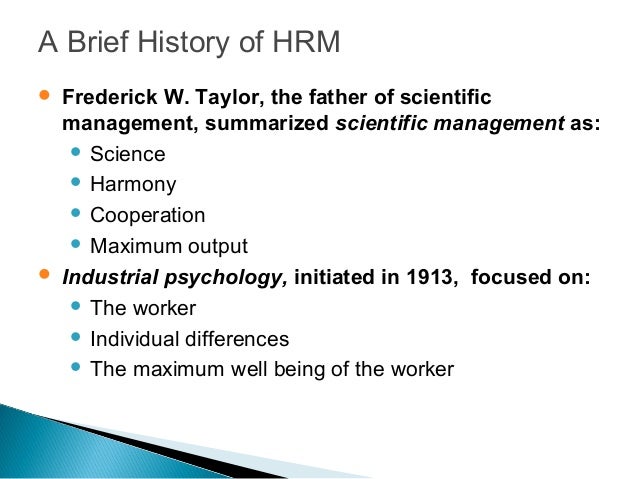History of Human Resources Management
The history of Human Resources Management did
not begin at the moment when Dave Ulrich published his first book about Human
Resources. He discovered the importance of Human Resources Management for
successful organizations but the people management was crucial even in ancient
China. The HR history is about the evolution of first communes and growth of
first ancient societies.
The army was the first
driver of innovations. A nation without a strong army was overtaken by
neighbors, and it just made an importance of a strong army visible to each citizen.
A successful command requires strong, brave and smart leaders who engage and
share a vision of the victory. It designed and developed first procedures for
the outstanding selection of new hires and leaders. It had resources to invest
in innovations. The first successful HR practices in the history can be found
in ancient armies. They required a good work organization of jobs and tasks,
even they used the workforce with no education and knowledge.
Italian Machiavelli
(the author of The Emperor and other books) was not writing
just about the art of the power. He was writing about managing all kinds of
resources including the people, reward and recognition and various leadership
styles. He was clearly splitting roles in the society; securing the position of
the emperor. That is a book about Human Resources Management. However, most
recommended practices would not be allowed and preferred today. He has to be
mentioned in the HR Management history. (more on the HR practices in ancient China till the beginning of 20th
century).

No comments:
Post a Comment